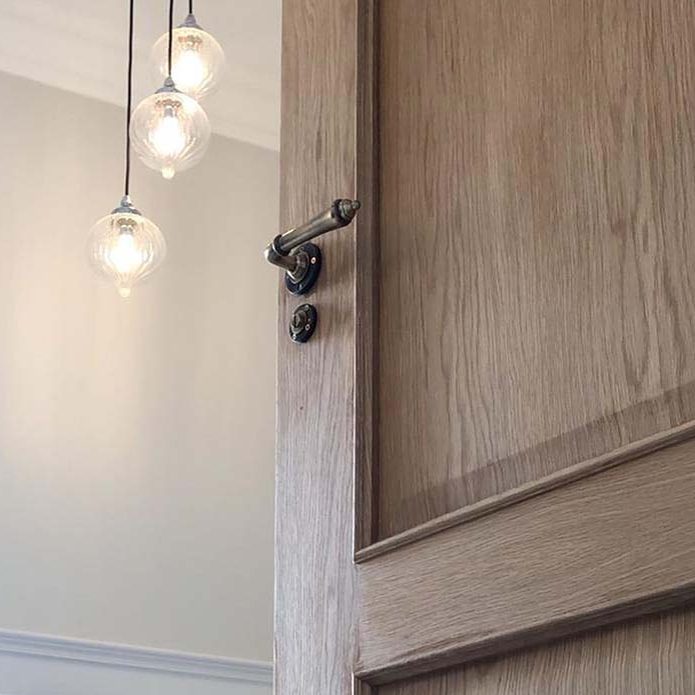Door oil is an easy to use product that helps to maintain and protect your wood from day to day use. After you have spent a lot of time and expense fitting new doors in your home, you need to choose the correct door oil and below is a comprehensive guide on what will be the best door oil for your project.
The door oil you choose will depend on how it has been constructed and what timber has been used to make it.
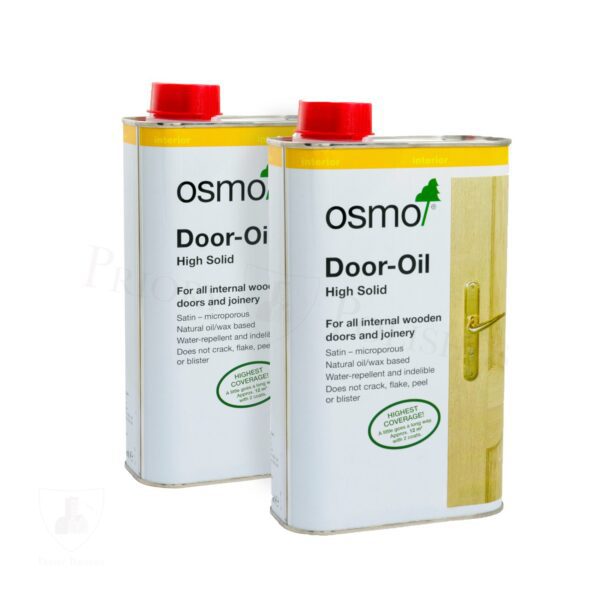
Probably the best all round product is Osmo door oil as you can use this on most woods but because of its low solvent use in the ingredients, it is one of the only door oils that can be used on Oak veneered doors. Osmo Door Oil comes in a clear satin for a slight sheen or also a raw finish that leaves your door looking natural and as close in colour to the natural timber as possible. It has been made from natural ingredients like sunflower oil, soybean oil and thistle oil and the final finish will protect from moisture and this will help to stop warping of the wood. The finish will also not crack, peel, flake or blister and is easy to maintain.
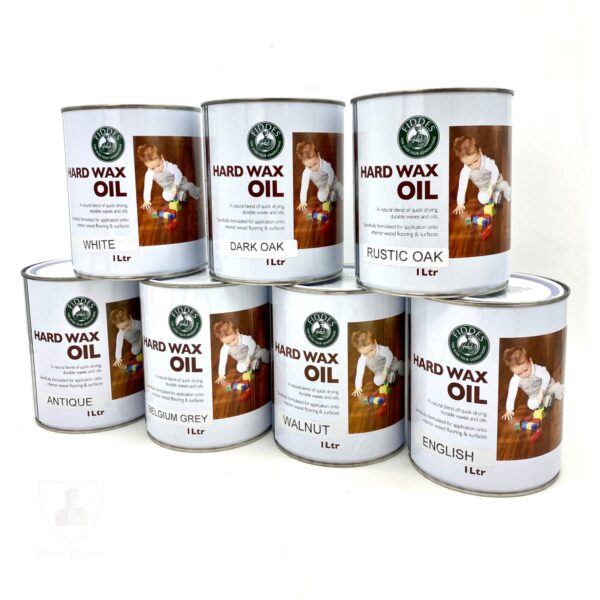
Fiddes Hard wax oil is also a good choice for doors as it is more durable than a traditional wood wax and is far easier to maintain. It comes in a clear, to enhance the natural wood grain or several tinted colours, ideal to add your own splash of colour. Hard wax oil is scratch and scuff resistant so can protect against daily use. It also protects against liquid spills and the final coat will not crack, flake, peel or blister. The bonus of this product is, it can also be used on surrounding wood surfaces like floors, skirting boards and wall panelling.
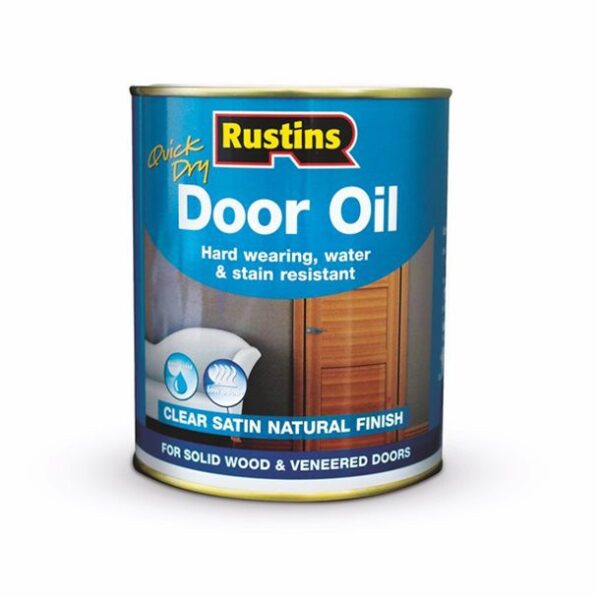
If you are on a budget but need a good quality oil, Rustins Quick Dry Door Oil can be a good option. It is reasonably priced and also is water based, so has a low odour. Rustins door oil will produce a hard transparent satin finish that brings out the natural beauty of the wood. As it is water based, it is suitable for almost every type of softwood and hardwood internal door.

If you are looking for a more traditional oil to use on your door then Danish Oil is widely used as it feeds, enhances and protects woods with easy application. This is particularly good for use on hardwood doors but can also be used on soft woods. Danish oil will penetrate the wood to enhance the natural grain and will create a satin sheen. The only downside to traditional oils is you will need to apply at least three coats and sometimes more to create a good protective coating. They are also slower drying than some of the other oils mentioned above.
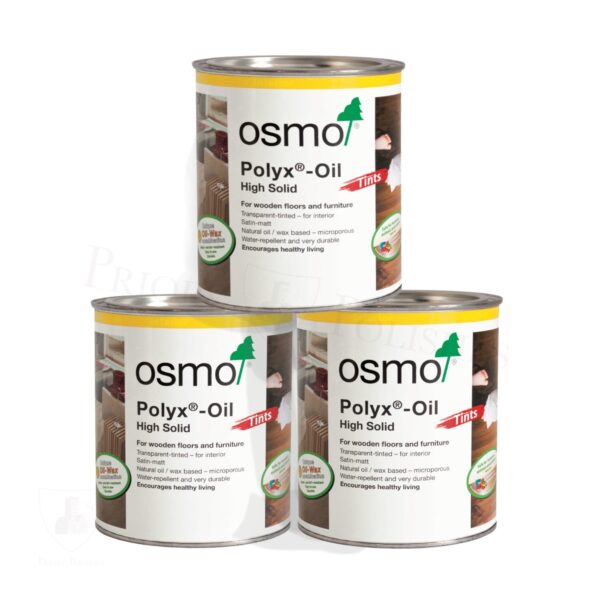
Osmo also offers some other very good products that you can use on interior wood doors. Their Polyx oil comes in various tints and is a very good and well known wood oil. The main benefit of this oil is it is incredibly easy to apply and maintain for future applications. If you mark or scuff your door, it can be easily repaired by lightly sanding the area and re-coating. Polyx oil is stain resistant and water resistant and can take a lot of regular use.
How to Apply Door Oil for the best Finish
As oil soaks into the wood, it will slightly change the colour but some oils will change the shade more than others. Wood oils will usually enhance the natural colour of the wood and add a slight warm tone unless it is the Raw effect by osmo as this will look more natural. To achieve the best finish you need to ensure the wood is clean and dry. Fill any small cracks / holes with a wood Filler as close in shade as possible to the natural wood colour. Sand the wood surfaces carefully, starting with a coarser sandpaper and working towards a finer 120 to 150 grit. Remove all sanding dust with a clean cloth or vacuum cleaner. Apply the door oil to all sides and edges first and then to the rest of the door. Always use a quality oil brush and apply thinly and evenly in the direction of the wood grain. Leave for around 10 – 20 minutes and then wipe off the excess with an easy pad. Doors usually require two thin coats for full protection. Always do a small test area before treating the full door to ensure you are happy with the final finish and colour.
If you need any further information or help you can comment below or contact us as we are always available to advise.

